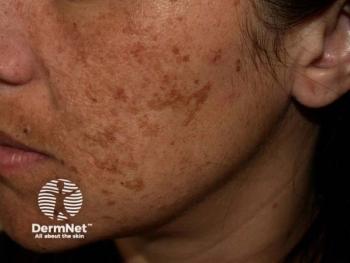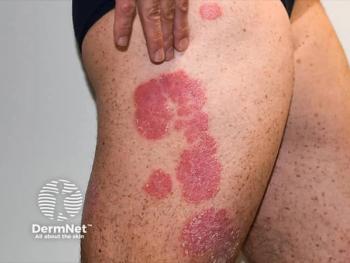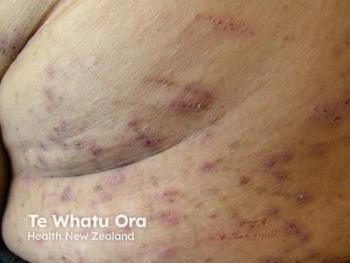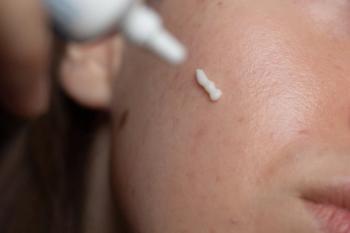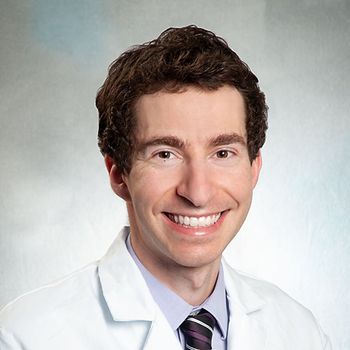
Lars French, MD: Turning Global Skin Health Policy into Action for Patients
Lars French, MD, explains how the new WHA resolution on skin health could drive training, access, and global policy change.
In the wake of the World Health Assembly’s (WHA) landmark resolution recognizing skin disease as a global public health priority,1 Dermatology Times spoke with Lars French, MD, professor and chair of dermatology at Ludwig Maximilian University of Munich, past president of the International League of Dermatological Societies (ILDS), and chair of the ILDS-World Health Organization (WHO) committee.
Adopted in May 2025 by all 194 WHO member states, the resolution marked the first time skin diseases have been formally acknowledged at the global health policy level as having serious physical, psychological, social, and economic consequences. It calls on countries to strengthen surveillance, increase access to diagnosis and treatment, and better integrate skin care into primary health systems—especially in underserved regions.
French shared how the ILDS helped drive this milestone forward and what must happen next to turn policy into progress for patients.
Q: The WHA resolution has been called historic. How do you see it reshaping global dermatology?
"It’s really a true turning point for global dermatology," French said, adding that skin diseases have been excluded from public health priorities despite their profound physical, psychological, and social burden.
"This resolution formally acknowledges skin diseases as not just being cosmetic concerns, but as conditions that carry a really significant physical, psychological, social and economic consequence," he emphasized. "The nations that voted for this resolution are going to help implement changes, like better integration of skin care into primary health systems, improved training and diagnosis, and better access to treatments, especially in underserved areas."
Q: What are the most pressing challenges and opportunities for integrating skin care into primary care?
"It's really difficult to get a diagnosis of skin disease. There [aren’t] enough dermatologists around the world. General practitioners sometimes are also not present in these locations," French said. "In fact, the solution to this is really much more training for field workers, so nurses, educators, and general practitioners, need to be trained to recognize and manage skin diseases. The specialists will be there for the training. They will be there for the more difficult cases. But there has got got to be better coverage globally."
Q: Why is increased national surveillance and data mapping so essential, and how can dermatology societies collaborate with governments and international bodies to ensure consistent implementation across regions?
"We need this accurate data. Many skin conditions are under reported, particularly in underserved or remote communities, where health systems are weaker," French said. "We really need robust mechanisms for surveillance to define the true burden of skin disease. If we don't have that, then we have these loopholes on the global map."
Q: How can individual dermatologists support the implementation of the resolution?
"Dermatologists can work with national health authorities to ensure dermatology is included in universal health coverage packages, in essential medicines list and in the medical education curricula in different nations," French said. "We're doing a lot of training and education online."
French noted that the ILDS is working closely with the neglected tropical diseases department of the WHO to produce educational materials and implement artificial intelligence tools to expand access to dermatology care and skin health education globally.
"Most importantly, I think the ILDS will always remain, as a society, patient-centered, and our focus is reducing suffering, improving access to care, improving quality of life for patients, and addressing the social consequences of skin diseases worldwide," he said.
Reference
- Member states adopt landmark resolution on skin diseases at 78th World Health Assembly. News release. GlobalSkin. May 24, 2025. Accessed July 21, 2025.
https://globalskin.org/component/content/article/78-gs-2019-content/649-member-states-adopt-landmark-resolution-on-skin-diseases-at-78th-world-health-assembly?Itemid=1710
Newsletter
Like what you’re reading? Subscribe to Dermatology Times for weekly updates on therapies, innovations, and real-world practice tips.

